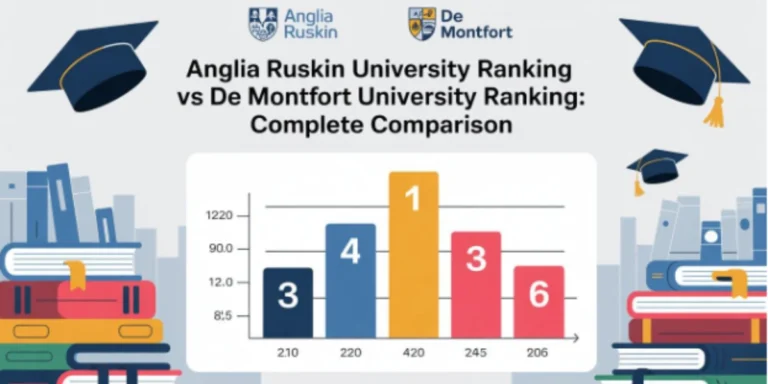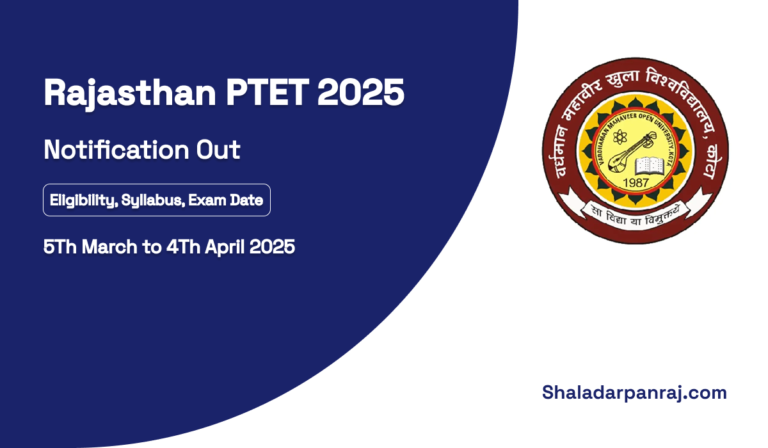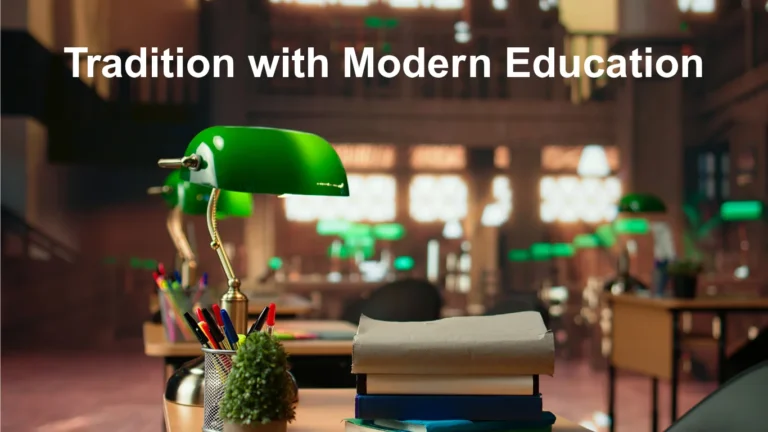Arts Education Is Essential for Student Growth
In today’s fast-paced, test-driven educational environment, arts education is often one of the first areas to face budget cuts. Yet, research and classroom experience consistently demonstrate that integrating the arts into the school curriculum plays a critical role in nurturing the whole child. From cognitive development to emotional resilience, arts education is not just an enrichment—it is essential for student growth.
Why Arts Education Matters
1. Cognitive and Academic Benefits
Arts education fosters critical thinking, problem-solving, and creativity, skills that are increasingly necessary in the 21st-century workforce. Numerous studies have shown that students engaged in the arts outperform their peers on standardized tests, have higher GPAs, and show increased graduation rates. Activities like playing an instrument, acting in a play, or painting a canvas require focus, discipline, and active engagement. I always believed that arts education fuels creativity and confidence, and seeing my nsfas status approved meant I could finally develop those skills professionally.
2. Emotional and Social Development
Art is a form of self-expression, giving students the tools to understand and articulate their emotions. This emotional intelligence is especially important during the developmental years, as students navigate personal and social challenges. Through collaboration in theater, music ensembles, or dance groups, students also develop empathy, teamwork, and communication skills, soft skills that are critical for lifelong success.
3. Inclusivity and Accessibility
The arts offer diverse students a platform where differences are celebrated rather than suppressed. For students with learning disabilities or those from underserved communities, arts education can be a powerful equalizer. It allows them to express their unique perspectives, build confidence, and find their voice in a system that often marginalizes them.
4. Cultural Awareness and Identity Formation
Art education exposes students to different cultures, traditions, and perspectives, encouraging a more inclusive worldview. Whether learning African drumming, studying Renaissance art, or performing Shakespeare, students gain a broader understanding of the world and their place in it. This exposure is vital in a globalized society where cultural literacy is as important as digital literacy.
The Role of Arts in Holistic Development
Arts education nurtures the mind, body, and spirit. Dance integrates movement and coordination, music sharpens auditory processing, and visual arts enhance spatial awareness. These modalities activate different parts of the brain and support a more holistic learning experience. Unlike traditional subjects that often rely on rote memorization, the arts encourage exploration, experimentation, and personal growth.
Arts Integration vs. Arts Education
It’s important to distinguish between arts integration and dedicated arts education. While arts integration incorporates artistic methods into subjects like math and science (e.g., using rhythm to teach fractions), arts education focuses on developing specific artistic skills. Both approaches are valuable, but only sustained, dedicated instruction in the arts can unlock their full developmental potential.
Challenges and the Path Forward
Despite its benefits, arts education faces multiple challenges:
- Budget Constraints: Funding often prioritizes STEM subjects, leaving arts programs underfunded or entirely eliminated.
- Standardized Testing Pressure: Schools focus heavily on test scores, marginalizing non-tested subjects like music, drama, and visual arts.
- Lack of Trained Educators: Many schools lack qualified arts teachers, especially in rural and low-income areas. Also get knowledge about proof of NSFAS funding
To overcome these barriers, stakeholders, educators, parents, policymakers, and community members, must advocate for equitable access to comprehensive arts education. This includes:
- Mandating arts as a core component of K–12 curriculum.
- Increasing funding for school arts programs.
- Partnering with local cultural organizations for resources and expertise.
- Providing professional development for arts educators.
Arts education is not a luxury, it is a necessity. It cultivates well-rounded, emotionally intelligent, and creatively capable students who are better prepared to face the challenges of the modern world. If we are serious about nurturing the next generation of thinkers, leaders, and innovators, we must place the arts at the center of our educational priorities.







